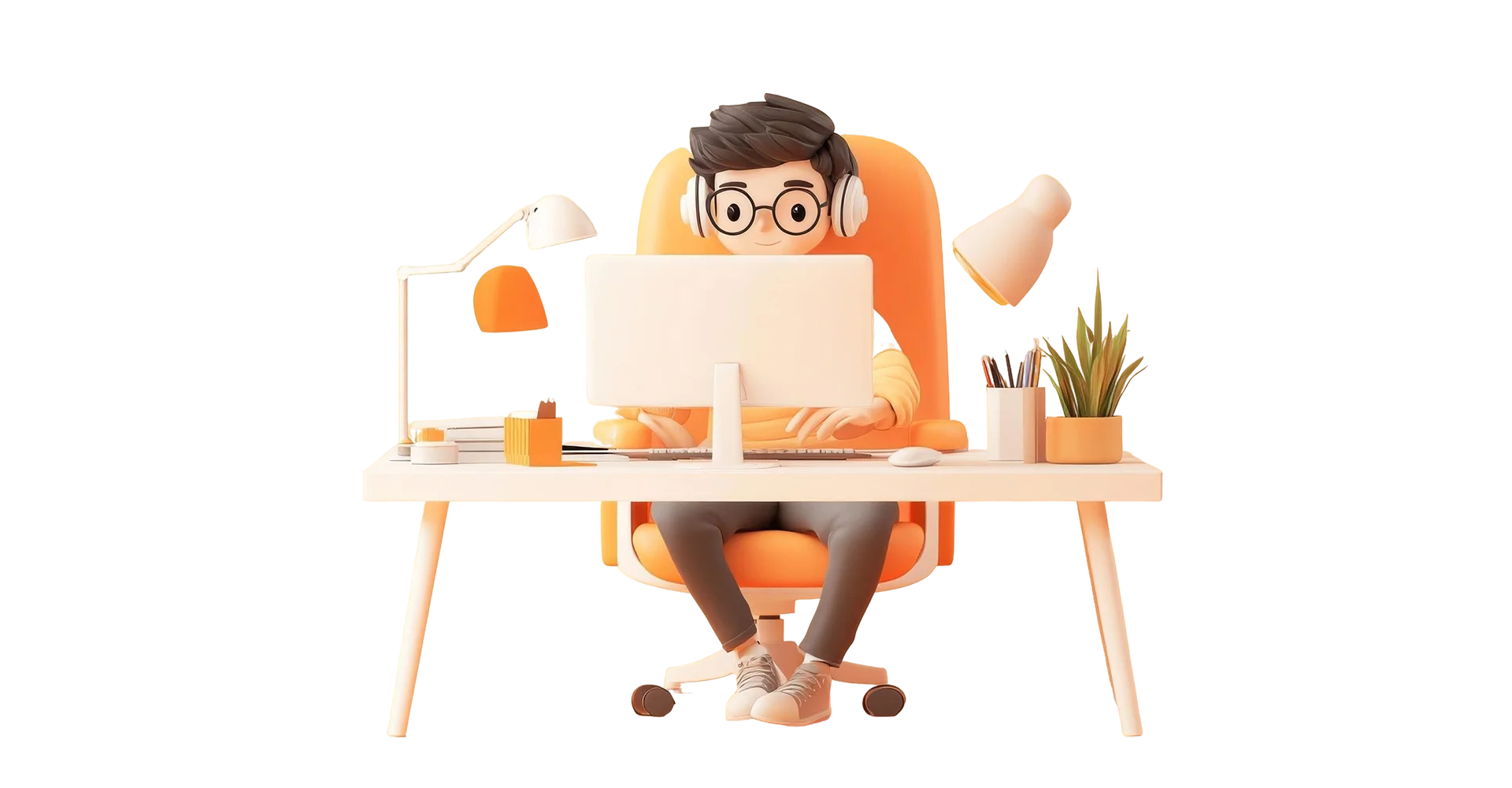In this fast-paced digital world, 93% of consumers say visuals are the most influential factor in their purchasing decisions. That’s where branding design steps in, turning your business into a memorable story that connects with your audience.
At CompuBrain, the branding design is about creating a lasting impression that defines who you are, what makes brand designing so powerful and how you can use it to make your brand unforgettable?
What is Brand Designing?
Branding design is the art and science of shaping your brand’s identity through visuals, messaging, and experiences. It’s the logo on your website, the colors on your packaging , the typography in your ads, and the overall vibe your audience feels when they interact with your brand. Think of it as your brand’s personality brought to life—consistent, intentional, and instantly recognizable.
Why Does Brand Designing Matter?
Your brand is often the first thing customers notice, and first impressions are everything. Strong branding design builds trust, sets you apart from competitors, and creates an emotional connection with your audience. It’s not just about looking good; it’s about communicating your values and mission clearly. A well-designed brand can boost customer loyalty, increase recognition, and even drive sales. Without it, you risk blending into the background in a crowded market.
The Elements of Eye-Catching Brand Designing
To create a brand that turns heads, you need to nail a few key elements. What makes branding design pop:
1. Branding Design Color
Colors do more than make things pretty—they evoke emotions and convey messages. For example, blue inspires trust (think banks), while red sparks excitement (think fast food). Choosing the right color palette aligns your brand with the feelings you want to evoke. Consistency in color use across your website, social media , and packaging reinforces your identity.
2. Typography in Brand Design
Typography is like the voice of your brand. Be its bold and modern or elegant and timeless, the fonts you choose set the tone for your messaging. Serif fonts like Times New Roman feel classic, while sans-serif fonts like Helvetica scream modernity. The key is to pick fonts that are legible, versatile, and true to your brand’s personality.
3. Logos and Branding Design
Your logo is the face of your brand. A great logo is simple, memorable, and scalable—looking just as good on a business card as it does on a billboard. It should reflect your brand’s essence. Think of iconic logos like Apple’s bitten apple or Nike’s swoosh—simple yet unforgettable.
4. Layout and Composition
A well-thought-out layout guides your audience’s eyes effortlessly. Whether it’s a website, a flyer, or a social media post, the way elements are arranged affects how your message is received. Balance, contrast, and white space are your friends here, ensuring your design feels polished and professional without overwhelming the viewer.
Fundamentals of Great Design
At the heart of branding design are a few timeless principles:
- Simplicity: Less is more. Clean designs are easier to remember and recognize.
- Consistency: Use the same colors, fonts, and style across all platforms to build familiarity.
- Authenticity: Your design should reflect your brand’s unique story and values.
- Adaptability: Ensure your designs work across different mediums, from digital screens to print.
Thumb-Stopping Designs
In a world where attention spans are shorter than ever, your visuals need to grab attention instantly. Thumb-stopping creatives—images, infographics, or short videos—combine bold visuals, clear message, and a touch of creativity.
For example, a vibrant Instagram reel with snappy text overlays or a striking graphic with a clever tagline can make users pause their scroll.
The key? Know your audience and deliver content that speaks directly to them.
FAQs
1. What makes a good branding design?
A good branding design is visually appealing, consistent, and authentic to your brand’s values. It uses colors, typography, and logos strategically to create a memorable and recognizable identity that resonates with your audience.
2. How long does it take to create a branding design?
The timeline varies depending on the project’s scope. A simple logo might take a few weeks, while a full brand identity , including colors, typography, and guidelines, can take a month or more, depending on collaboration and revisions.
3. Why is color choice important in branding design?
Colors influence emotions and perceptions. For example, green conveys growth and sustainability, while black feels luxurious. Choosing colors that align with your brand’s message ensures consistency and emotional impact.
4. Can I change my branding design later?
Yes, brands evolve, and rebranding is common. However, frequent changes can confuse customers, so updates should be thoughtful and strategic to maintain recognition while refreshing your identity.
5. How do I ensure my branding design stands out?
Focus on uniqueness and clarity. Research competitors to differentiate your design, keep it simple yet bold, and ensure it’s versatile across platforms like digitally, printing , and packaging.
6. What role do videos play in branding design?
Videos are powerful for storytelling. Short, engaging videos with consistent branding elements (like colors and logos) can capture attention and convey your brand’s personality effectively, especially on social media.
7. How much does professional branding design cost?
Costs vary based on complexity and the agency’s expertise. For detailed pricing, reach out to professionals like those at CompuBrain for a customized quotation.
Branding design is your chance to tell your story in a way that sticks with your audience. By blending thoughtful colors, typography, logos, and layouts, you can create a brand that’s not just seen but remembered.


